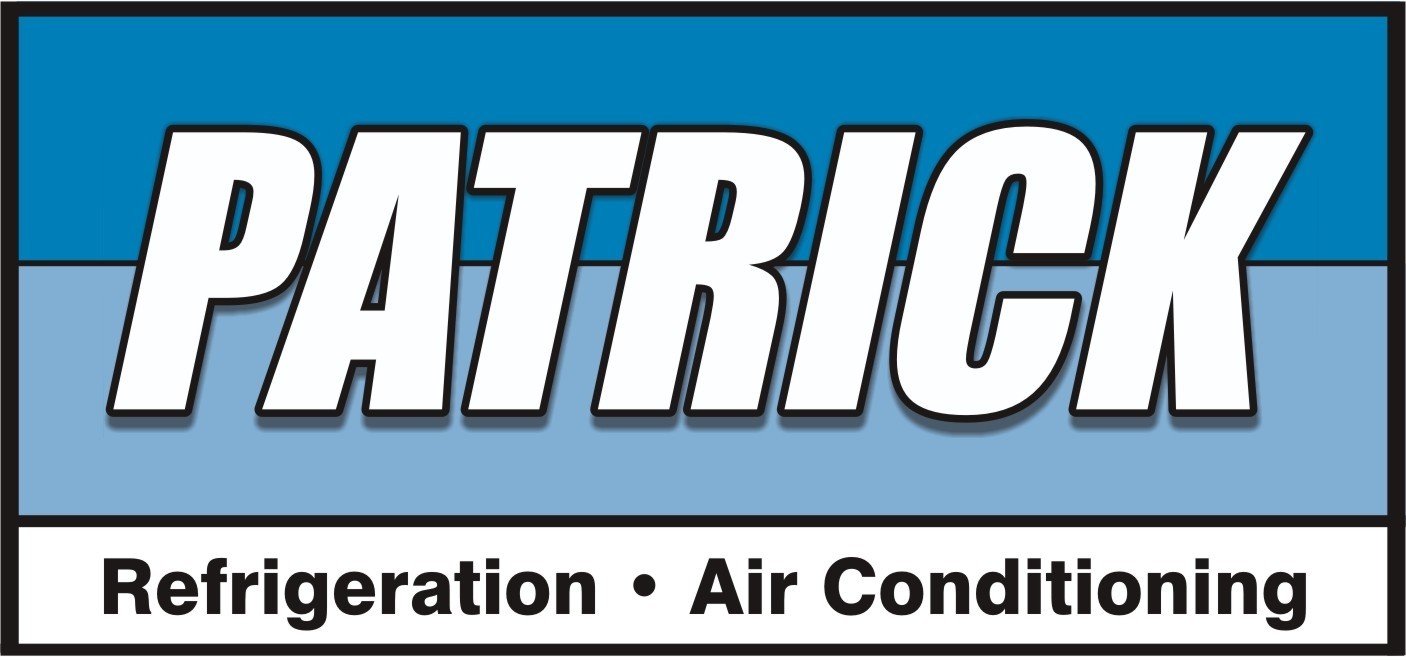[vc_row][vc_column][vc_column_text]To keep you and your house cool, your refrigeration installation must transport heat from the inside to the outside of your home. By removing heat from the air, air conditioners circulate cold air throughout your house. An evaporator coil is used to chill the air by blowing it over a network of freezing pipes. When water has evaporated from your skin, you get a cooling sensation.
Coils are filled with a liquid known as refrigerant, which converts a liquid to gas as it absorbs heat. As soon as the refrigerant is routed to another coil outside the home, it loses its heat and returns to liquid form. So because coolant is evaporating from gas to fluid-like mist on a cold window, this outer coil is referred to as a condenser.
A pump known as a compressor transports the refrigerant between two coils and alters its pressure. This ensures that all refrigerant is evaporating or condensing in the correct coils.
The refrigerant changes from a gas state and back again, allowing the system to transport more power than the pump. The compressor’s motor is the energy source needed to do this. The complete system generates about three times as much cooling power as the compressor alone.
[/vc_column_text][vc_custom_heading text=”Keeps the System Running!” font_container=”tag:h2|font_size:46px|text_align:left|line_height:44px” use_theme_fonts=”yes”][vc_column_text]
Most people can do routine maintenance, such as replacing filters, but other repairs will need the services of a professional.
It is good to clean the coils and drains at the beginning of each cooling season to remove debris and clogs. As a result, it may be necessary for a professional to come out and fix it.
Refrigeration installation charge or airflow issues may also be to blame if the system doesn’t produce as much cold air as possible. These issues may need repair.
As the typical household’s energy consumption rises, we’ve come up with some suggestions for reducing the operating and maintenance costs of a split system air conditioner:
- To prevent wasting electricity, keep the windows and doors closed while the system is running.
- In the summer, the ideal temperature for air conditioning is between 24 and 25 degrees Fahrenheit, and in the winter, between 17 and 19 degrees Fahrenheit. Running expenses will rise by roughly 10% for every degree lower in the summer.
- Don’t keep your system running while away from home since this wastes money and effort.
- Run your air conditioner only when necessary. A less expensive option is to use a fan.
- During the fall and winter, turn off the refrigerated air conditioning and open the windows and doors to let in the cold air.
- If your computer has an economy mode, choose it. It saves energy by keeping the temperature at a more moderate level under the correct settings.
- Close the doors to rooms that don’t need to be cooled to reduce the space you are cooling.
- When at all feasible, use a ceiling or portable fan. Compared to air conditioners, they are a far more cost-effective option.
- Central cooling systems may be used to minimise the area of your home that is being cooled at any one moment by using zoning settings.
- An awning, shade netting, or similar structure should be used if your air conditioner compressor unit is exposed to direct sunlight throughout the day. Make sure there is enough room for air to circulate in the device.
The Ending!
The necessity for air conditioning was first sparked by a desire to manage humidity. High indoor humidity levels might have adverse effects on one’s health and well-being. Mould and other moisture-related issues might arise if humidity levels are not adequately controlled in hot, humid conditions.
This dehumidification, which can be seen by the water that drains away, is only a by-product of modern air conditioners’ primary function of reducing temperature. They are unable to regulate the temperature and humidity on their own.
[/vc_column_text][/vc_column][/vc_row]

